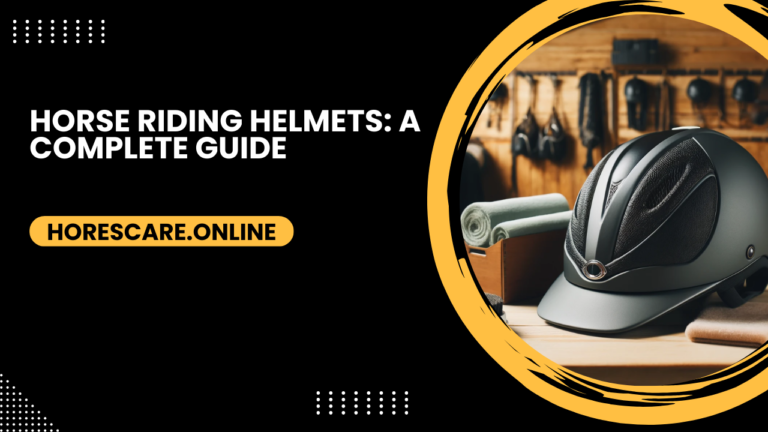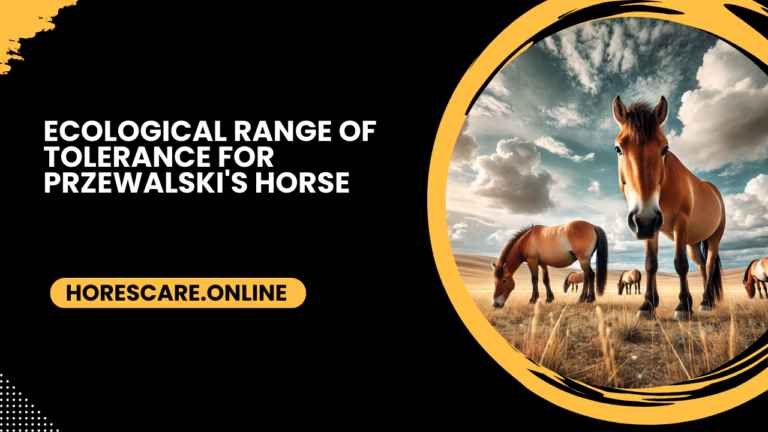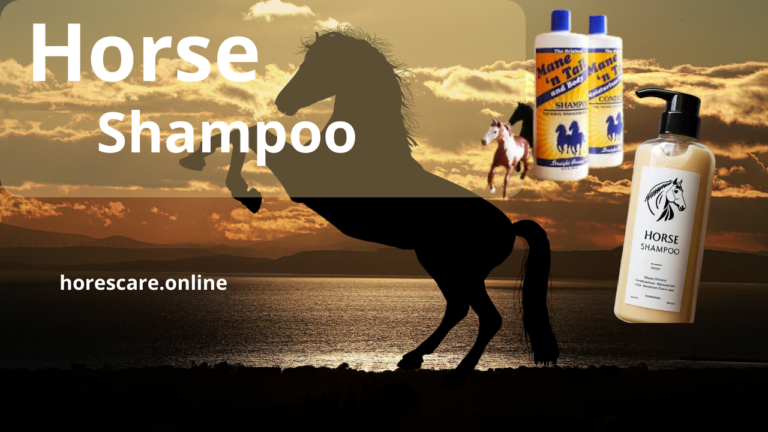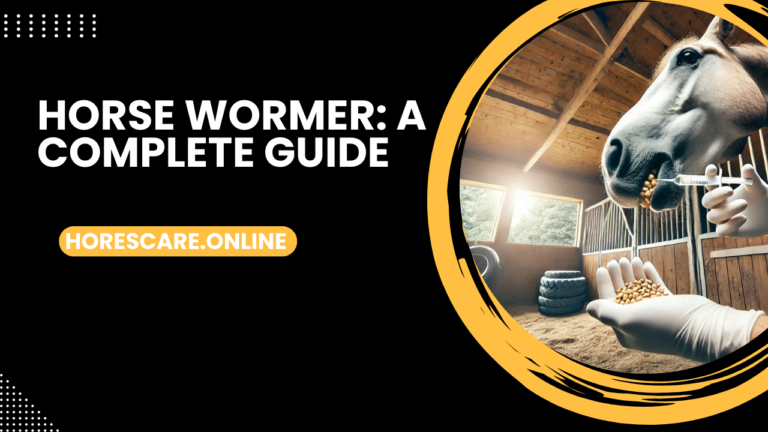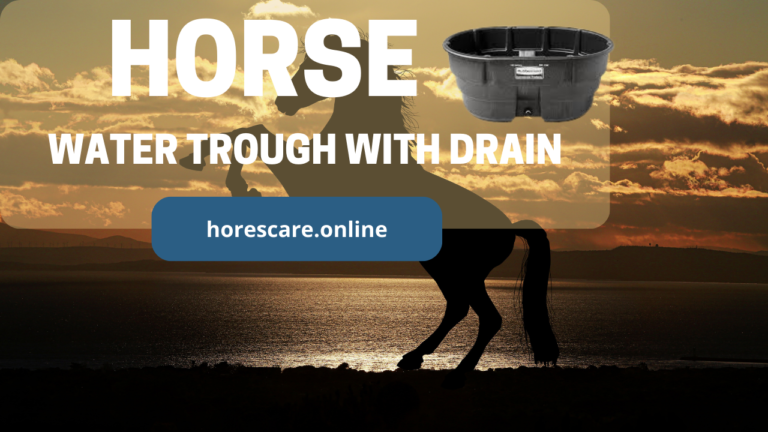Bute for horses: A Complete Guide
Horses, like humans, experience pain due to injuries, joint issues, and inflammatory conditions. One of the most commonly used equine anti-inflammatory drugs is Phenylbutazone (Bute).
It is widely recognized for its effectiveness in horse pain relief and treating conditions like arthritis and laminitis.
However, understanding Bute dosage for horses, its side effects, legal considerations, and natural alternatives is crucial for responsible horse care.
In this guide, we’ll cover everything you need to know about Phenylbutazone for horses, including its benefits, administration methods, risks, and alternatives.
What is Phenylbutazone?
Phenylbutazone, commonly known as Bute, is a non-steroidal anti-inflammatory drug (NSAID) for horses.
It is used primarily to reduce pain and inflammation associated with musculoskeletal conditions such as arthritis, laminitis, and joint pain.
Similar to Horse wormer, which plays a crucial role in parasite control, proper medication management is essential for maintaining equine health and performance.
How Does Bute Work?
Bute functions by inhibiting cyclooxygenase (COX) enzymes, which play a crucial role in producing prostaglandins that cause inflammation and pain.
By blocking these enzymes, Phenylbutazone helps alleviate discomfort, making it one of the best painkillers for horses.
Just like how Horse bits can impact a horse’s comfort and performance, managing pain effectively ensures overall well-being and optimal function.

Forms of Bute: Powder vs. Paste
When administering Phenylbutazone for horses, owners and veterinarians often choose between Bute powder vs. Bute paste. Each form has its pros and cons:
Bute Powder
✅ Easy to mix with horse feed
✅ Suitable for long-term use
❌ Some horses may refuse to eat medicated food
Bute Paste
✅ Precise dosing with a syringe
✅ Faster absorption
❌ More challenging to administer to fussy horses
Bute Paste Administration Tips
- Ensure the horse’s mouth is free of food before administration.
- Place the syringe at the side of the horse’s mouth and inject the paste.
- Hold the horse’s head up for a few seconds to encourage swallowing.
Bute Dosage for Horses
Correct dosing is essential to avoid Bute toxicity in horses. The recommended Bute dosage for horses depends on the weight and severity of the condition.
- Standard oral dosage:
1-2 grams per 1000 lbs (450 kg) body weight per day. - Maximum duration:
Typically, no longer than 5-7 consecutive days. - Always consult an equine veterinarian before administering Bute.
Side Effects of Bute in Horses
While Bute for horses is effective, prolonged or excessive use can cause serious side effects:
- Gastrointestinal ulcers and colic
- Kidney damage, especially in dehydrated horses
- Liver dysfunction with long-term use
- Laminitis risk if misused
To minimize risks, always use the lowest effective dose for the shortest period and provide plenty of fresh water to help protect kidney function.
Bute Withdrawal Time & Legal Considerations
Legality of Bute in Horse Racing
Regulatory bodies like the FEI (Fédération Equestre Internationale) and racing commissions have strict rules regarding Phenylbutazone use in competitions.
The use of Bute in horse racing is restricted due to its potential to mask pain and enhance performance.
Just as Dark Horse Wine represents unexpected excellence, the use of Bute in equine sports can be controversial, as it may create an unfair advantage if not regulated properly.
Bute Withdrawal Time
- For competitive horses, the general withdrawal time is 48-72 hours before an event. However, this varies by jurisdiction.
- Always check with your local equine drug testing labs for specific regulations.
Natural Alternatives to Bute
If you’re concerned about the side effects of NSAIDs for horses, consider natural alternatives to Bute:
- Devil’s Claw
A herbal anti-inflammatory (Note: It is also restricted in some competitions.) - Yucca Root
Contains natural steroid-like compounds. - Turmeric
Known for its powerful anti-inflammatory properties. - Omega-3 Fatty Acids
Found in flaxseed and fish oil, reducing joint inflammation.
These alternatives can support horse joint pain treatment with fewer risks but should always be discussed with an equine veterinarian.
Bute Prescription Requirements
In many countries, Phenylbutazone is a prescription-only medication. You will need a veterinarian’s approval to obtain and use it legally.
This ensures proper dosage, administration, and monitoring for side effects.
Conclusion
Phenylbutazone for horses is a powerful NSAID that provides effective horse pain relief.
However, responsible use is essential to avoid Bute toxicity in horses and comply with racing regulations.
Whether using Bute powder vs. paste, following correct Bute dosage for horses, or exploring natural alternatives to Bute, always prioritize your horse’s health and consult with a veterinarian.d for conditions like arthritis and injuries.
Learn its benefits, side effects, and alternatives for safe use.
